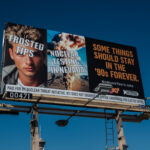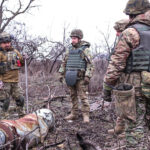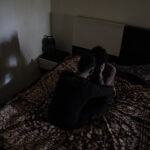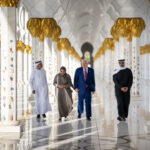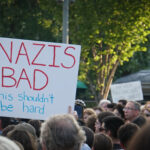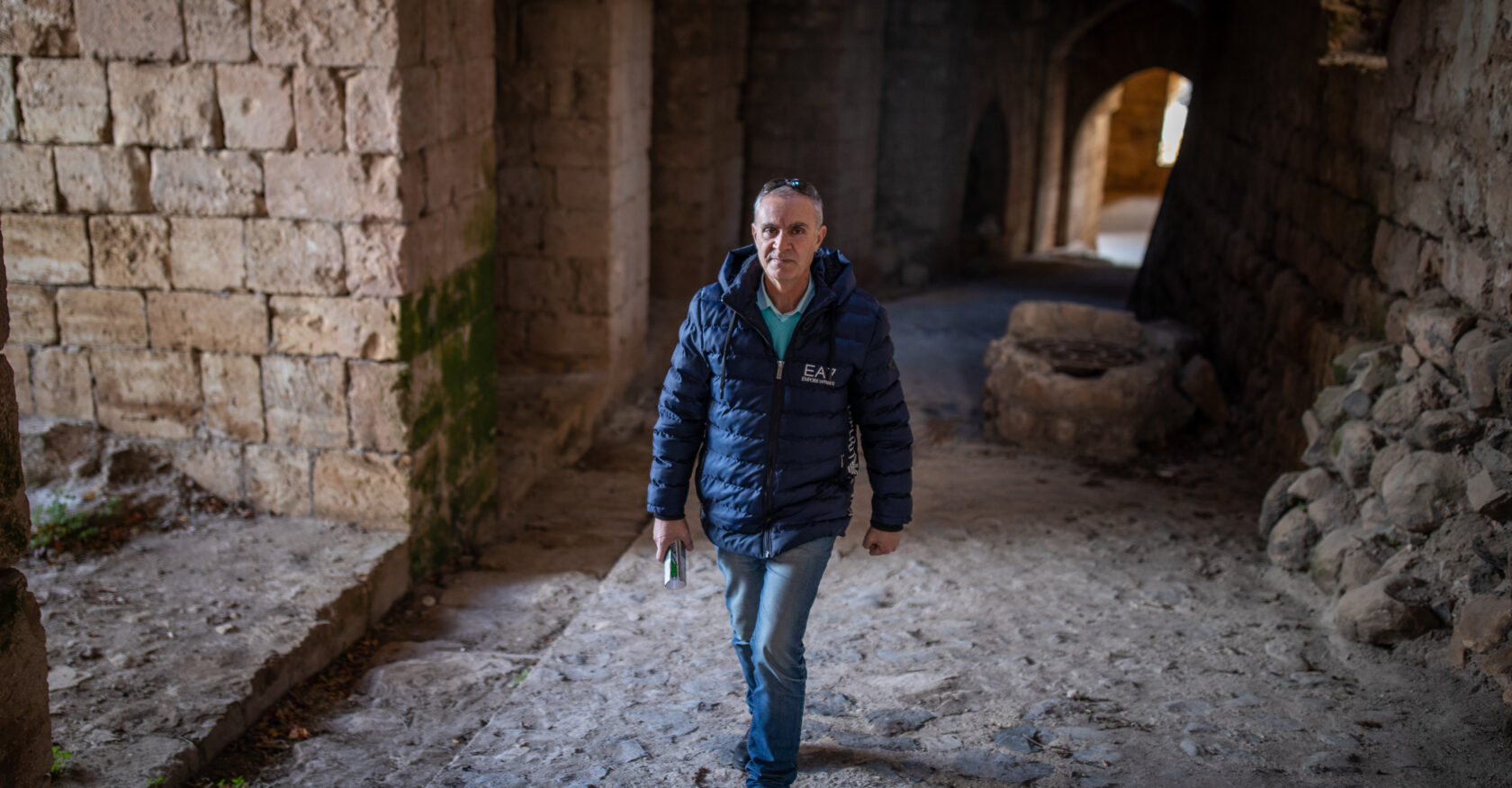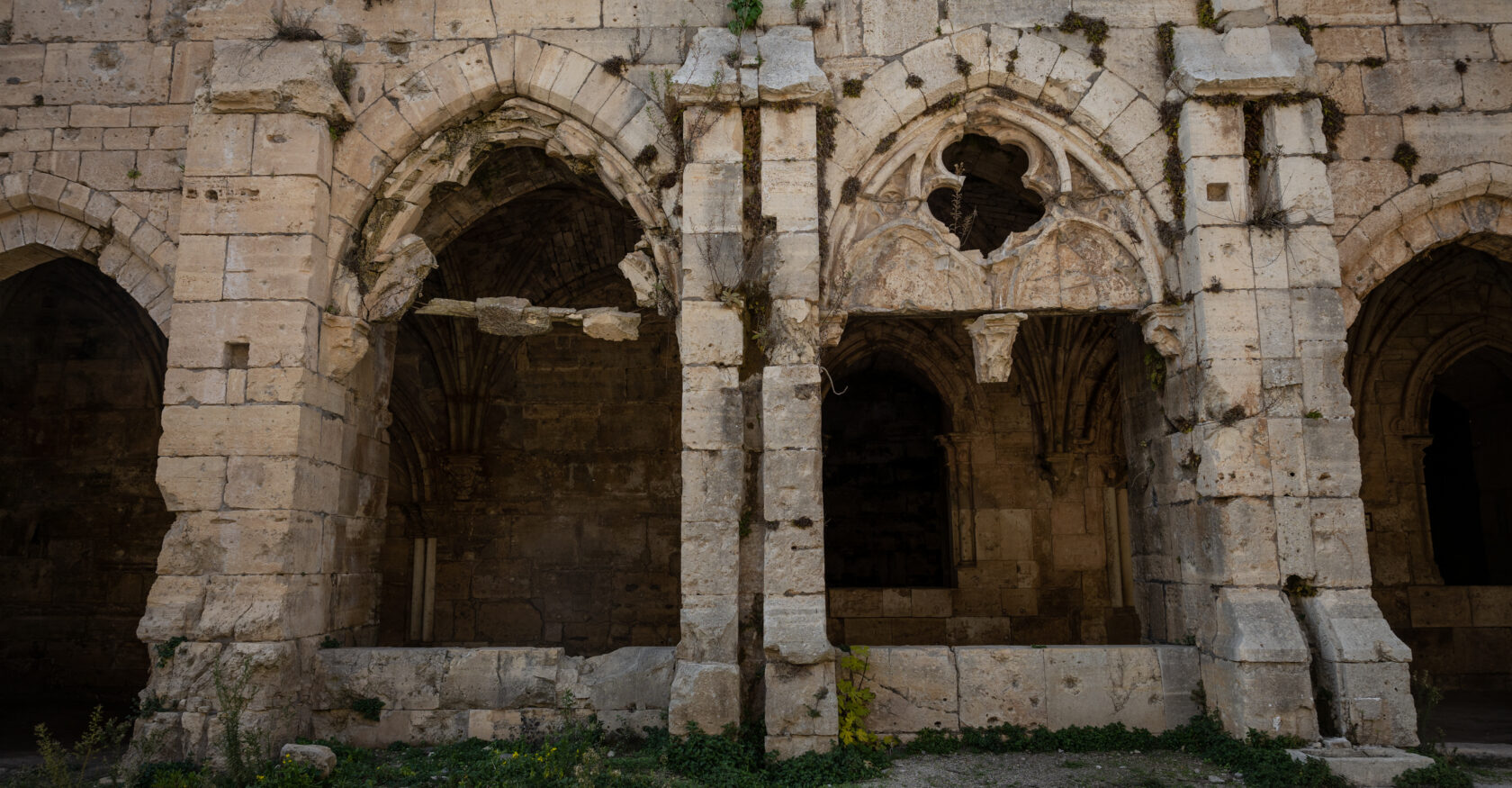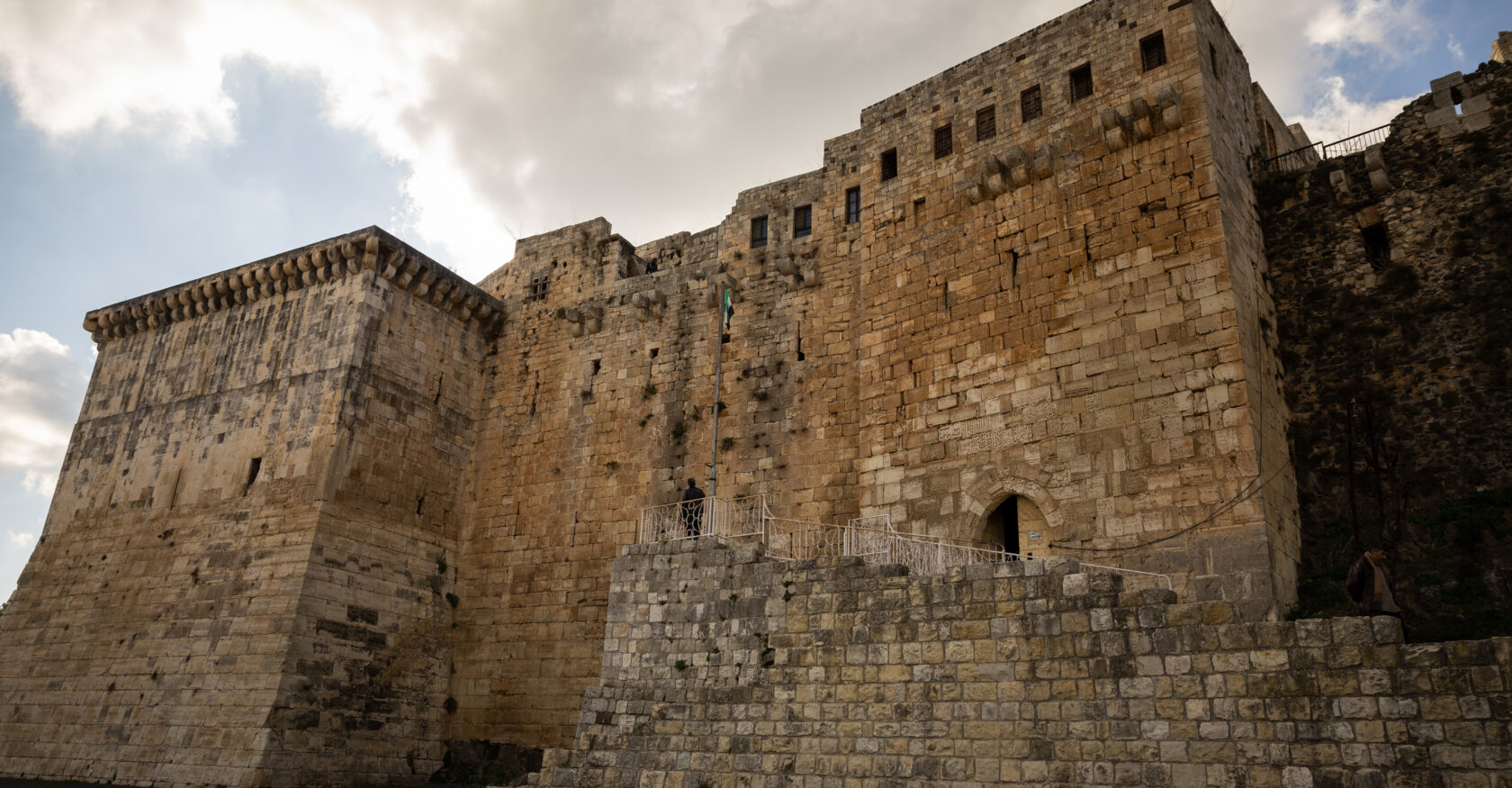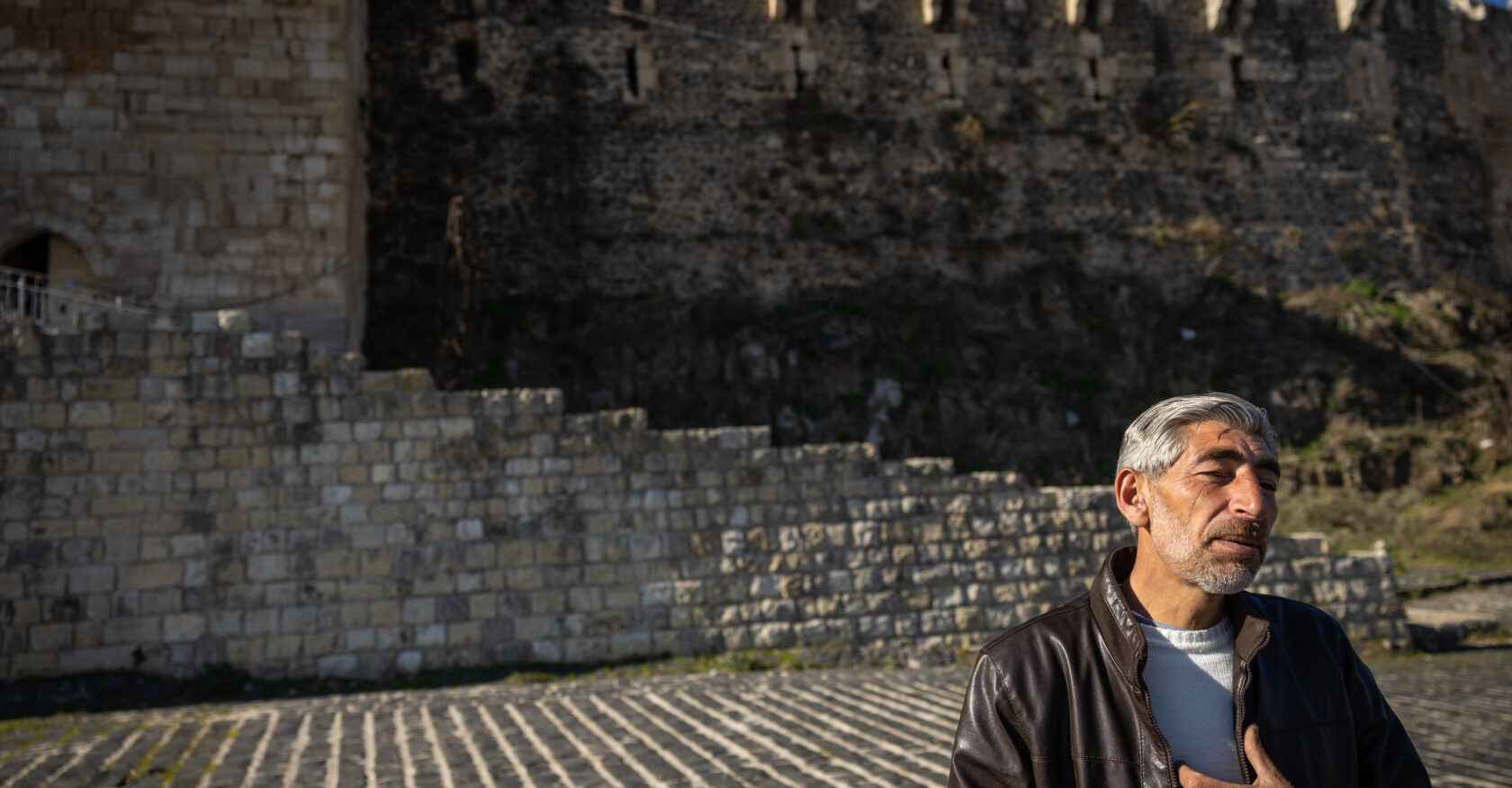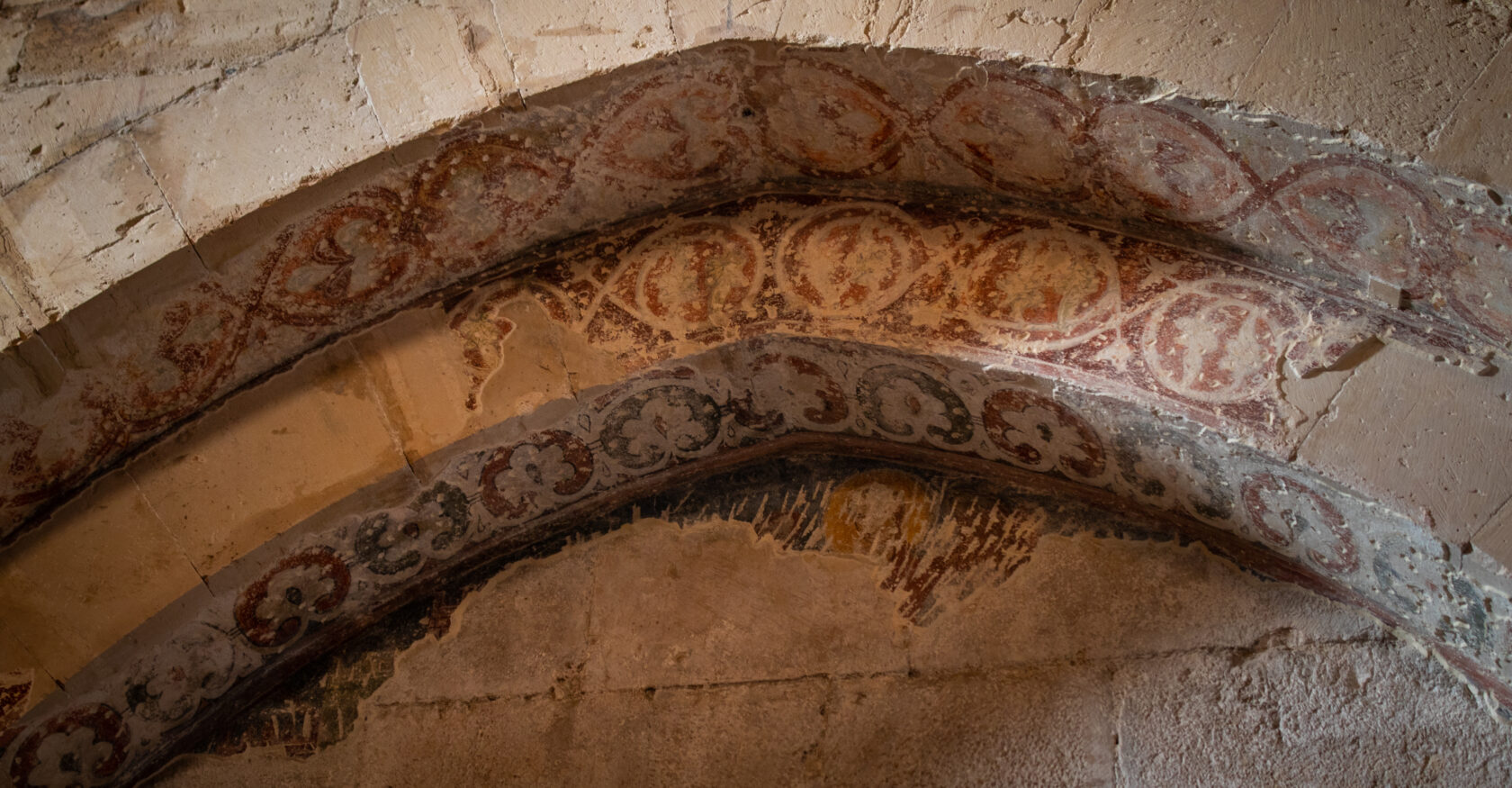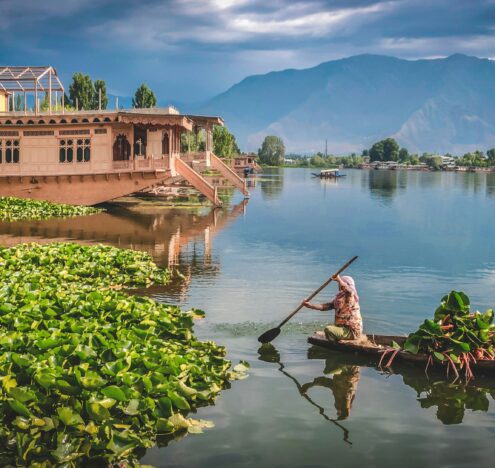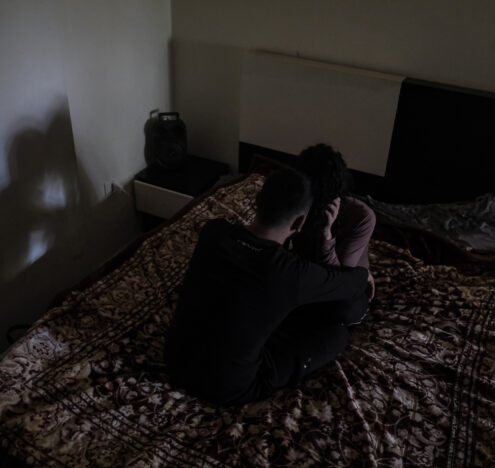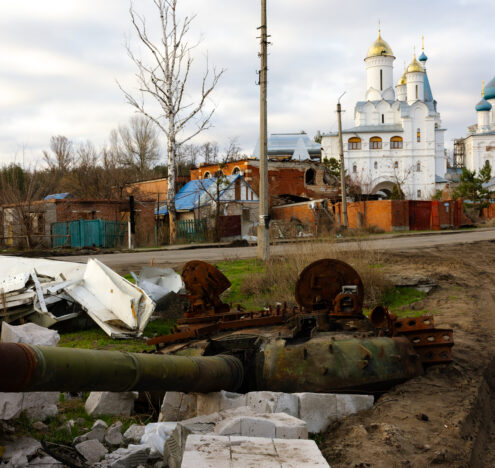Standing proudly in the sun on a high ridge in western Syria is the best-preserved crusader castle in the world. Built almost a millennium ago, Krak des Chevaliers sits on what was once known as the “Gap of Homs,” a trading route that connected Damascus to the sea.
The UNESCO-listed citadel was first built and held by Kurdish troops before being given to the Order of Knights of the Hospital of Saint John, Knights Hospitaller for short, by the count of Tripoli in 1142. It was expanded by, and remained under control of, the crusaders until it was reconquered by the Muslim Mamluk Sultanate in 1271.
Often overlooked in Western history classes, the crusades remain embedded into the fabric of the Middle East and is regularly the prism through which the Levantine Arab world still views Europe. Bashar al-Assad’s regime collapsed in December after almost 14 years of civil war, and tourists are once again flocking to the site.
“In 2010, the year before the civil war erupted, we had over a quarter of a million foreign tourists,” Hazem Hanna said between sips of his coffee in an ancient courtyard, now home to his office. “I have big hopes that the new government will take care of the castle. It’s a world heritage site and it belongs to the world.”
During the conflict, most of the residents of Husn fled their homes and crossed the border into Lebanon. Many returned in recent weeks for the first time since Hay’at Tahrir al-Sham fighters took control of the country and forced former President Bashar al-Assad and his family to escape to Russia.
*
Authoritative and softly spoken, the 50-year-old engineer and director of the castle explained that Krak des Chevaliers was lucky compared to most antique sites caught up in Syria’s bloody civil war. After seeing the destruction wrought by ISIS on the ancient Roman city of Palmyra in central Syria, Hanna was nervous.
“Every stone has a story,” he said, sweeping his hand over the historical site, adding: “I was worried. There are over 4,000 bits of graffiti from across history. You notice new things every day.”
One of the stories, blasted into the cracks of Krak des Chevaliers, is that of its recent history and the Syrian civil war.
In 2011, an alliance of rebel groups, including the Free Syrian Army (FSA), commandeered the castle and the town of Husn below it. By 2012, Husn was empty of villagers and the strikes started. The opposition fighters fought off the regime for three years. As the rebels darted in and out of buildings and homes they had grown up in, Assad’s forces rained down artillery shells and bombs from fighter jets streaking overhead.



